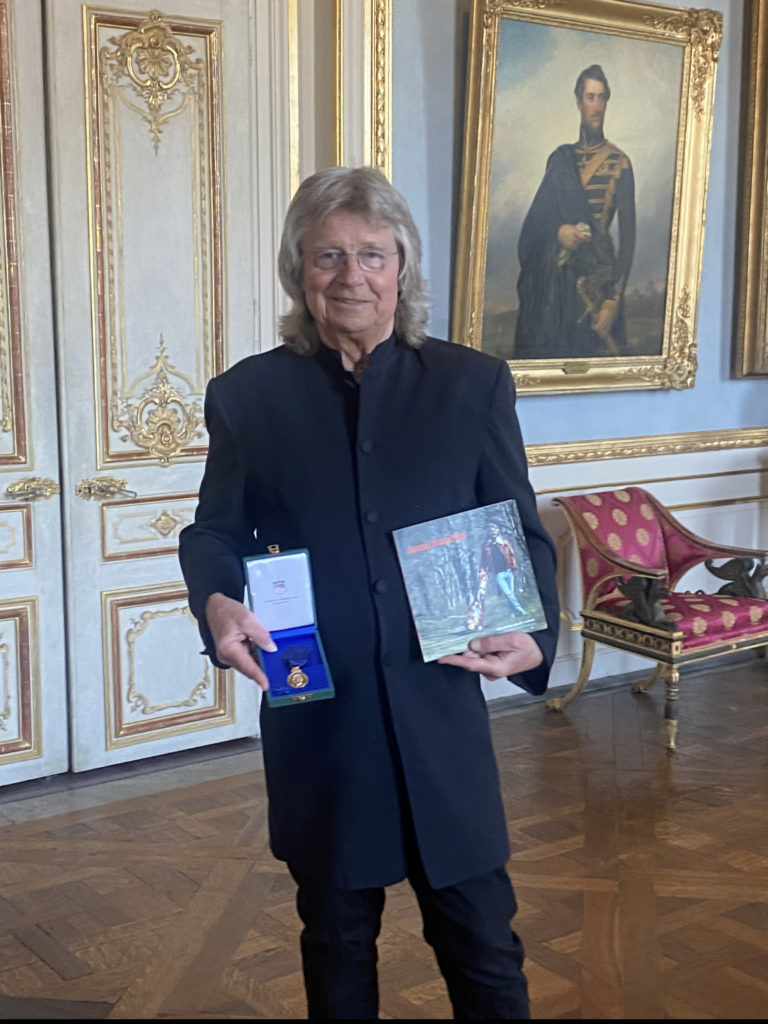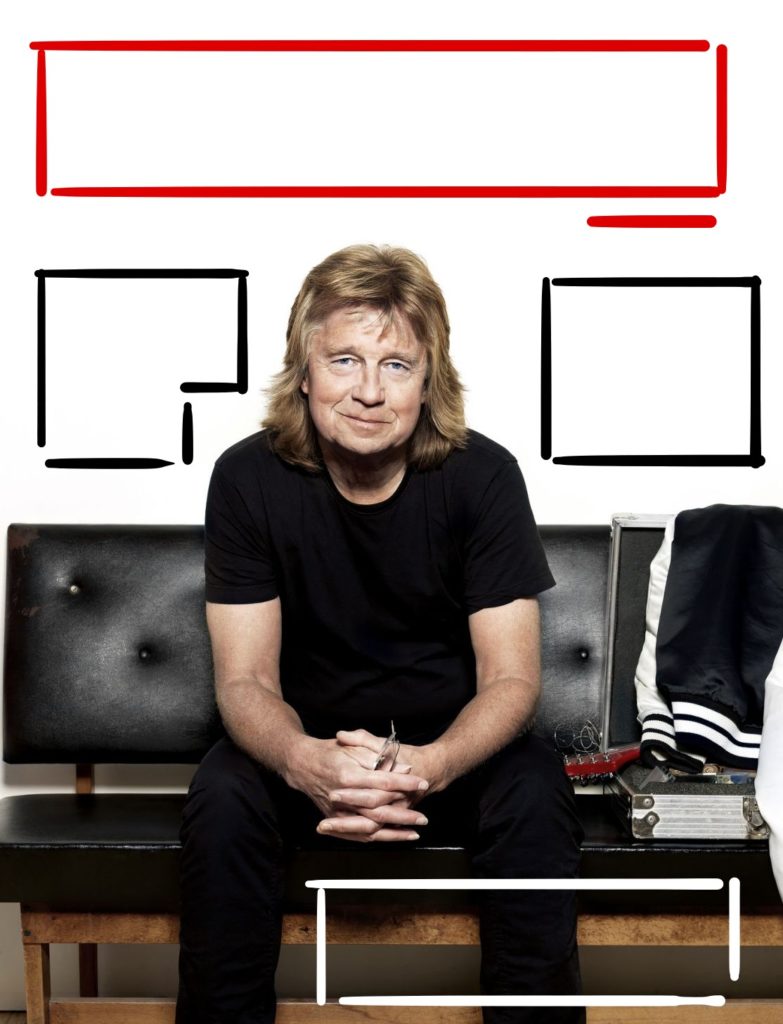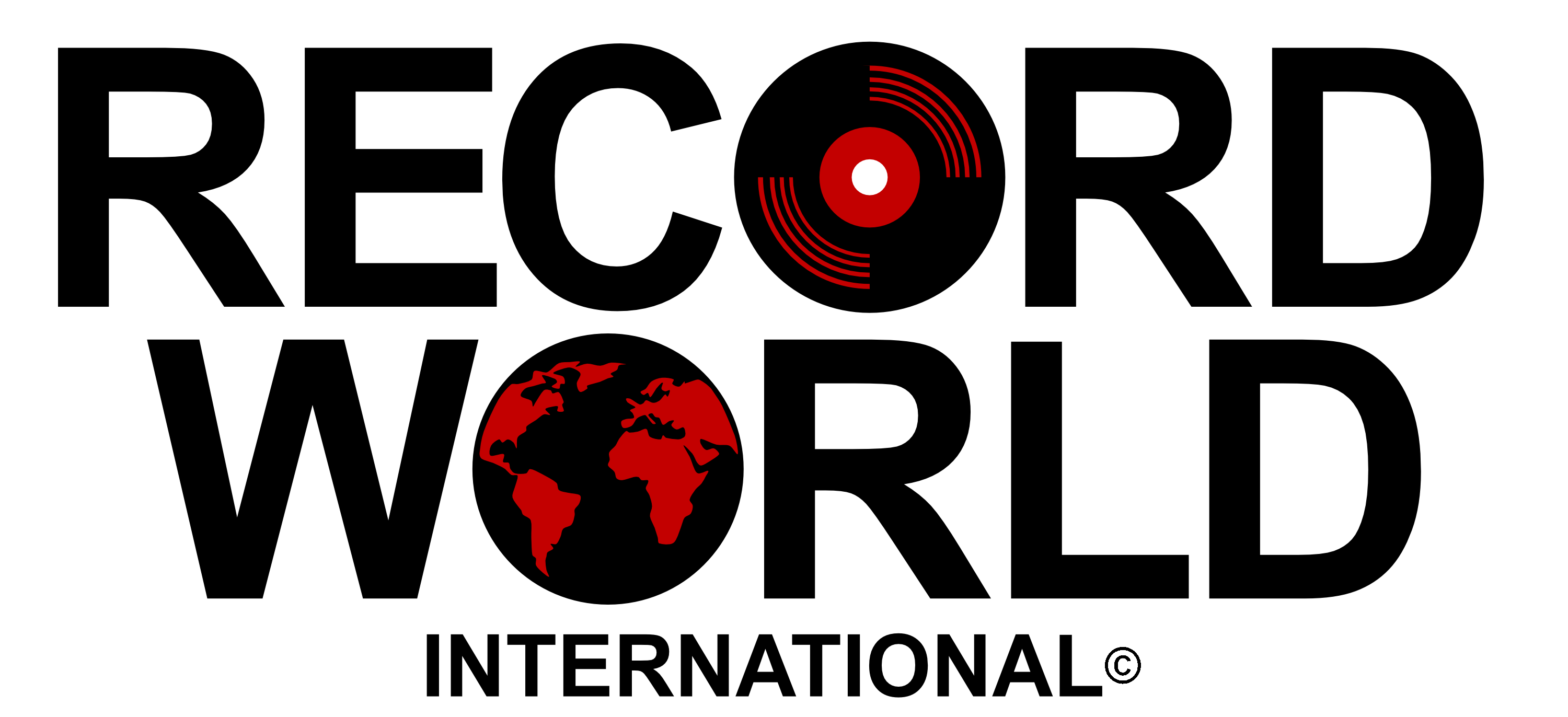Submitted by Boyan Pinter
In Conversation: Spike Festival’s Boyan Pinter with Janne Schaffer, one of Sweden’s most prominent and in-demand session musicians, talks solo career, ABBA, and finds his musical voice amidst a diverse range of influences and collaborations.
Janne Schaffer Receives Award From the King of Sweden
We caught up with the celebrated guitarist, songwriter, and composer on his day off from a long tour. Reclining in his garden, he shared with us the story of how he got started as a guitarist, his career in music: from a session player to an artist in his own right, and his friendship and collaboration with many of Sweden’s greatest artists, including ABBA, Björn J:son Lindh, and the famed Ted Gärdestad.
Still in high demand as a session musician, touring guitarist, record producer, and soloist, Janne reflected on a life in music, where he never had to chase work, rather opportunities came to him. He then seized the ones that taught and inspired him along the way.
“There was an acoustic guitar hanging on the wall at shop class. Students would spend two to three hours a week building all sorts of things out of various materials. “I told my teacher that I wanted to build that guitar, and I did it.”



Even though the electric guitar is what Janne calls his main instrument, his 14 solo albums include a diverse range of guitar sounds, influences, styles, and melodies.
Janne Schaffer first, the eponymous, solo album was released 50 years ago, in 1973. At the time it topped the Swedish charts, and it was even more popular than ABBA. “It happened for 6 weeks, and would never happen again, and I like it that way,” mused Janne. “I don’t want to be just a solo artist. You learn something when you work together with other artists and musicians.”
Born to a mother who was a piano teacher and father who was an amateur musician, music is in Janne’s DNA. When he started, he was the youngest session musician of the bunch. With enough music theory and harmony knowledge under his belt, he would easily figure out how to navigate quick arrangements and provide fresh ideas when the red “recording” light was illuminated at the studio. Janne knew he was in the right place at the right time, when just after finishing his first recording session he received a call for another. “I was this kid who could follow easily and had good ideas and worked well with others…It was a privilege to be in that position.”
“We were the Swedish equivalent of the Wrecking Crew,” recalls Janne in referring to the famed Los Angeles-based collective of session musicians who can be heard on most records of the 60s and 70s, including on “hundreds of Top 40 hits. “So, it was the same in Sweden, we recorded with everyone, including ABBA.“
Björn and Benny had written what was to become ABBA’ s first recording, “People Need Love.” They called in the team to record the song. “It was a very creative session, and we made some good relationships,” remembers Janne. “Nothing was written down for the sessions… Benny sat down and played it, then we transcribed it and recorded it.”
Being a session musician was its own little world. Janne got to record his 4th album with the famed Porcaro family: Jeff, Steve, Mike, and (father) Joe, who would go on to co-create the American band Toto around the same time. They are also known to have played on hundreds of thousands of records and composed for music giants like Quincy Jones.
“I was a solo artist, but I still worked with ABBA. The musicians didn’t get paid very much, especially by today’s standards, however, the Swedish Collective Society for Performers (SAMI) made sure that would be taken care of and receive some remuneration in the years to come. Not all DSPs pay for these neighboring rights, however, for example on Spotify only the artist and composer are paid per stream, while the musicians who recorded the song are not paid anything. The job of the session musicians hardly exists today.”
Janne Schaffer has recorded 14 solo albums so far, each inspired by different influences and ideas. On being asked how those ideas came to be, he mused that he had a “front row seat” to the live shows of bands that we now consider – The Classics. The Beatles, The Band, and Pink Floyd are just a few that Janne can remember seeing in their hey-day. After developing a keen year for pop music, Janne got into fusion by discovering musicians like Larry Coryell or the Mahavishnu Orchestra.
“Over the years, I developed my music to be mainly melodic.”
A diverse range of musical tastes and aesthetics can be found in spades throughout Janne’s career as a guitarist and composer. Intrigued by the playing and late guitar legend Jeff Beck, the virtuosity of Pat Metheny, country music Brad Paisley, and American contemporary R’n’B guitarist Cory Wong, Janne’s solo records contain influences as diverse as Swedish folk music, funk, fusion, pop and the “big Hollywood sound.”
Thriving on music collaboration, Janne worked for many years with Björn J:son Lindh, who was a prominent composer, arranger, pianist, and flutist. Thanks to their long-term partnership in writing together, Janne wrote music for stage and film. “I learned a lot by working with him.”
On being asked about his creative process, he muses that “sometimes I play around with something, and a little mistake, and interesting chord, can develop into an idea.” Other times he would ask his collaborators to send him lyrics so he can come up with a suitable musical equivalent.
The same musicians who played with ABBA formed the highly amusing Electric Banana Band, which was the featured band in a jungle-themed children’s television show called Trazan & Banarne. Janne played the role of the guitar-slinging Zebra. “It was for kids at the beginning, today it is for the entire family.” The music is very funky and melodic.
Janne was introduced to Ted Gärdestad by Benny Andersson. “Björn and Benny had found this amazing 15-year-old talent, and they asked me to play on the record with him. He was fantastic. He had charisma, music, and the lyrics were great.” This develops into a life-long friendship. Ted has recorded 91 songs in his career, and Janne has played on 69 of those. Janne has produced Ted’s last album, Finally on my way, with Björn J:son Lind, writing the string arrangements. When Ted dies in 1997, Janne starts a scholarship in his name with Ted’s brother Kenneth. “I am not involved on a daily basis, but the scholarship still goes on to support new Swedish music. Those that came from there have become really big artists, like Thomas Stenström.”
In working closely with people like Ted and Björn J:son Lindh, Janne starts hearing and writing music in a different way. His approach evolves over the course of his career, and today he writes through harmonies and melodies, same as Ted and Benny (Andersson) do their music. “This is why their music still lives on…it’s not the easiest way to compose, but when you take care of the composition the music always finds a way. “He performs with bands and symphony orchestras alike.
This hasn’t changed much for Janne Schaffer. While not actively searching for opportunities, he gets frequent invitations for collaborations. He plays on a few recordings with Magnus Rosén from Hammerfall, a tune with Tony Martin (Black Sabbath), and with Ronnie Atkins (Pretty Maids), just to name a few.
These days, Janne is part of a project called The Night Agent. The very danceable music is described by Janne as “romantic techno.” He also has recorded with the band ManyFew, which are currently enjoying over 600k monthly listeners on Spotify. “I find these projects very interesting, and I develop to see new visions in that music.”
On finding your own voice in composition and performance, Janne underscores that a creator has considered how to deliver this to the audience. “You have to develop your style, and hope that the audience will follow it, “explains the guitarist. The musical output must match the creator. “It is important that you don’t try to cheat the audience, that what you do is authentic. You have to be very honest in music, otherwise, it doesn’t work.”
Reflecting on a career that spans so many years and is still thriving, Janne feels grateful and inspired. “I am very proud of the 50 years that the audience still comes to my shows…that is something fantastic and I am thankful for that…I appreciate it very, very much.”

